For the two days Ursula’s 10th-grade U.S. history classes devote to the Zinn Education Project activity, Reconstructing the South, the room is loud with students discussing, debating, pleading, and persuading.
I think it is fine to grow some cotton, but if it is our land, we should get to decide what we grow.
But the Northerners are not going to just give us the land for nothing. We have to make it profitable for them.
We were forced to put the needs of others above our own for centuries. Do you really want some white person telling us what to do with the land we have a right to?
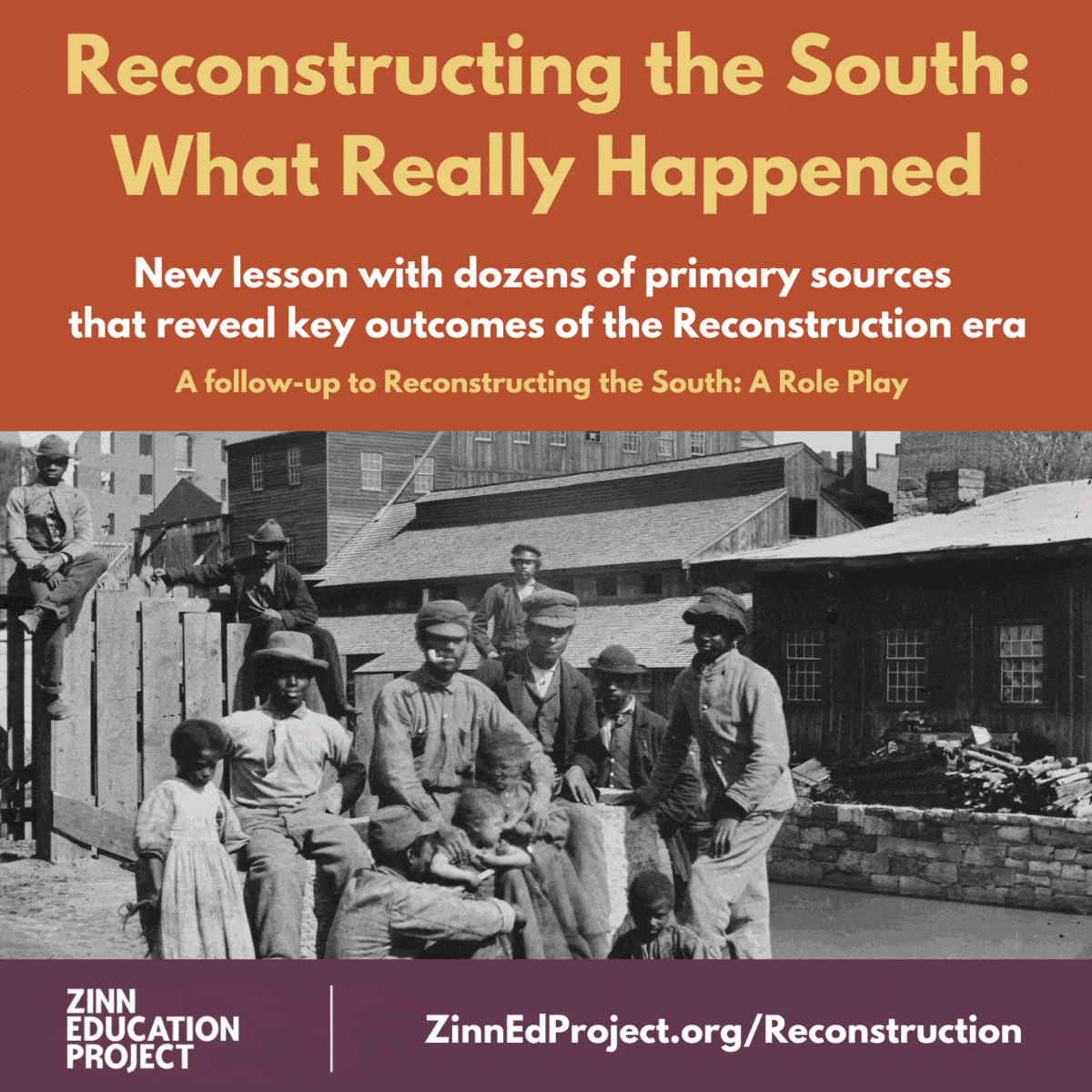
The activity, written by Bill Bigelow, has students imagine into the perspective of newly freedpeople grappling with six critical questions about how to organize and build a post-slavery society. Students, adopting the perspective of a freedperson, are asked:
-
- Who should own and control the plantations?
- Would you be willing to promise the Northern politicians that, in exchange for acknowledging your right to the land, you would continue to grow cotton?
- What should happen to Confederate leaders?
- Who should be allowed to vote in the new South? Everyone? Only formerly enslaved people? Only those who were loyal to the United States during the war? Women?
- How will freedpeople be protected?
- What conditions should be put on the Southern states before they are allowed to return to the Union?
After they have discussed and wrestled with all six questions, students always quickly ask, “OK, so what really happened?!” Bigelow writes, “And that’s where we want to leave students with this activity: eager to learn about ‘what really happened,’ how the actual human beings resolved these questions.”
We designed the activity outlined below to direct students’ curiosity and excitement from the role play into the process of finding out “what really happened” by analyzing and discussing a wide assortment of primary source documents.
The challenge (and fun) of this activity is that although the lesson asks straightforward questions — who should own and control land? How will freedpeople be protected? — these documents do not always straightforwardly answer them. Often, the answers are only partial; sometimes the “what happened” proved only temporary; the perspective and position of the authors can be hard to parse; and students may end up with more questions than they started out with. No, this selection of speeches, newspaper articles, contracts, letters, and laws is not a Google search bar that will spit out answers in mere seconds. So it is critically important that students be given sufficient space and time to talk with each other throughout all portions of this activity. And these documents are not to be tackled alone; rather, they should be pored over, analyzed, and deciphered in conversation with others. Continue reading and access lesson from DOWNLOAD TO READ IN FULL button.
Related Resources
Erasing the Black Freedom Struggle: How State Standards Fail to Teach the Truth About Reconstruction Zinn Education Project national report on the teaching of the Reconstruction era, including a state-by-state assessment.
The report examines state standards, course requirements, frameworks, and support for teachers in each state. It also includes stories about creative efforts by districts and/or individual teachers in each state to teach outside the textbook about Reconstruction.
More resources below.
Classroom Stories

I used the Reconstructing the South: What Really Happened lesson for my Reconstruction Unit.
The discussion was my students’ favorite part of the lesson. Many of them identified that Black Americans should have equal voting rights and some parcel of land upon freedom (whether from the plantation or otherwise). Many students wrestled with how to address retaliation, especially with prior knowledge from English class that racial violence was and is rampant in the United States. Overall, the discussions were very interesting and fruitful.
After the discussion, I placed the documents around the room in the style of a gallery walk. Each table had a folder for the respective topic. My students found the documents interesting, and tended to gravitate more towards the letters.
The debrief revealed a lot of frustration amongst students. For many students, it was tough to see progressive policies that initially had momentum eventually fall to the wayside. These documents helped students understand that history is not linear progress, but rather a pendulum that swings back and forth.
I have used multiple teaching resources from the Zinn Education Project throughout my years as a teacher, but the one I keep going back to is Reconstructing the South: What Really Happened. I base my entire Reconstruction unit around this teaching material, and it is always extremely interesting for me and the students.
The primary sources are simple and easy to understand for my 5th through 8th grade students, but it also doesn’t shy away from topics they probably have not discussed before, like “What should happen to Confederate leaders?” and “Who should be allowed to vote in the South?”
Every year, I see students come into class having a basic understanding of Reconstruction but leaving a with a deeper knowledge that shows many different perspectives that they definitely did not consider before.
While I use other teaching resources from the Zinn Education Project throughout the school year, this specific Reconstruction source seems to be very popular with my students.
In years past, I have found teaching Reconstruction to be difficult. It is the first topic of the year and I always try to bring in unique and engaging ways to get students’ attention and set the pace for the remainder of the year. The Zinn Education Project lesson Reconstructing the South: What Really Happened offers great primary sources that show the different perspectives and points of view of a very difficult and pivotal point in American history.
This lesson has students think about the challenges of newly emancipated people by answering different questions about what life may have been like in the South. My students were able to talk with each other and discuss these issues, and many of the groups got really into it. It was designed to be challenging for the students and there were no straightforward questions, so students had to think critically. As groups, I had the students look at the documents and come up with solutions together.
A great lesson and a great activity to get the ball rolling for the start of the year!
Reconstructing the South: What Really Happened is a fabulous resource! In New Zealand we had a curriculum reshuffle and our assessment system for seniors was also revamped. For history class, one of these standards involves students intensely scrutinizing a series of primary sources and choosing the best ones that answer focusing question.
This resource was a massive boon to my students’ understanding of primary sources. Having the different questions to select from helped emulate the assessment really well and provoked thought when looking at the sources. They were also super accessible to the students, which eased them into this unit really well considering it was the start of the year.
Finally, it was just nice to have a properly good resource on the Reconstruction era. Their assessment focused on Martin Luther King Jr. but the prior context surrounding the Civil War and the Reconstruction period is obviously essential background knowledge. Just having a nice resource that can be picked up and used again and again will be fantastic, especially considering teacher workload in general.

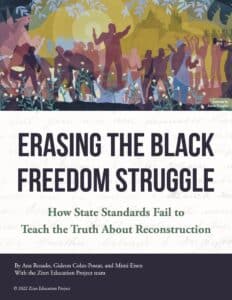
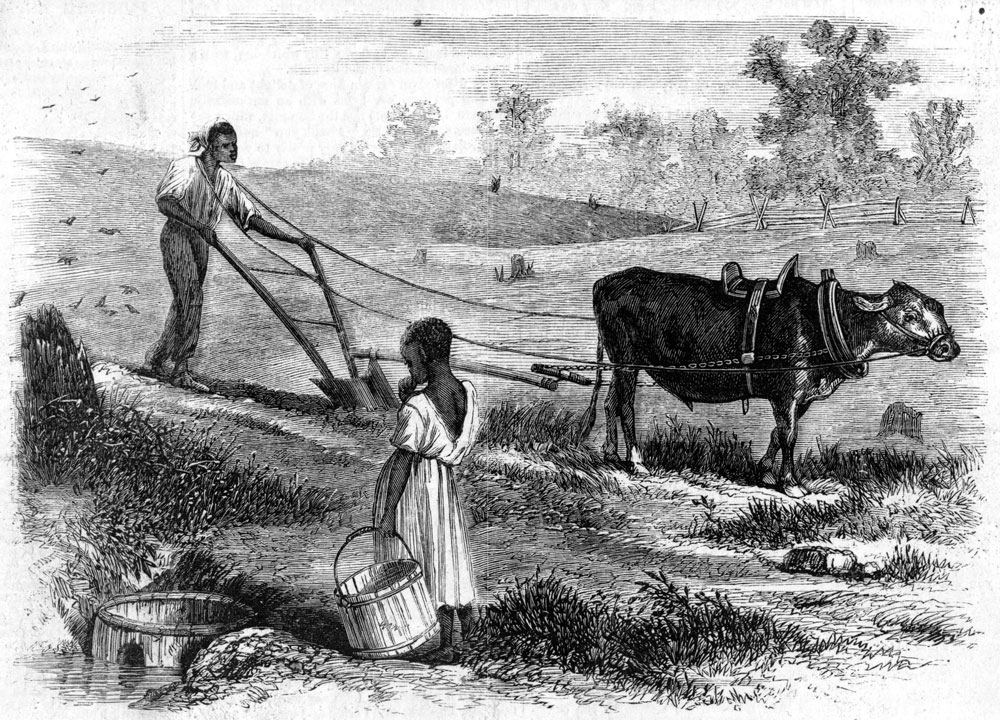

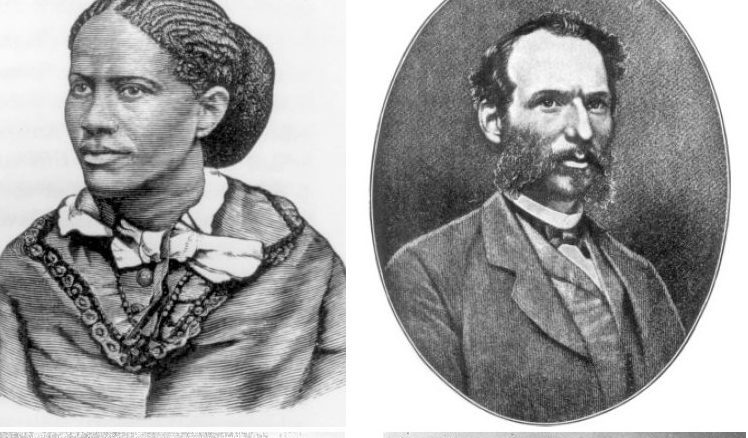

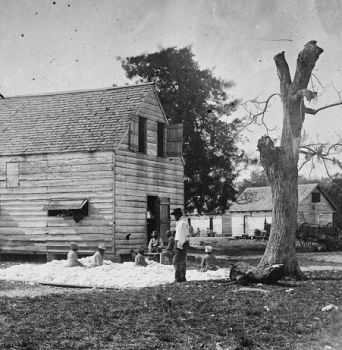
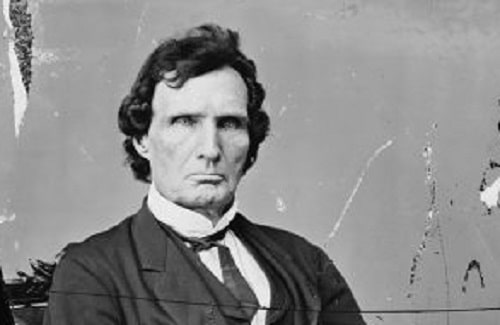
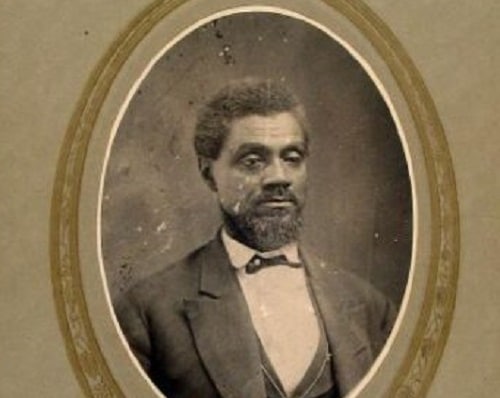






Twitter
Google plus
LinkedIn